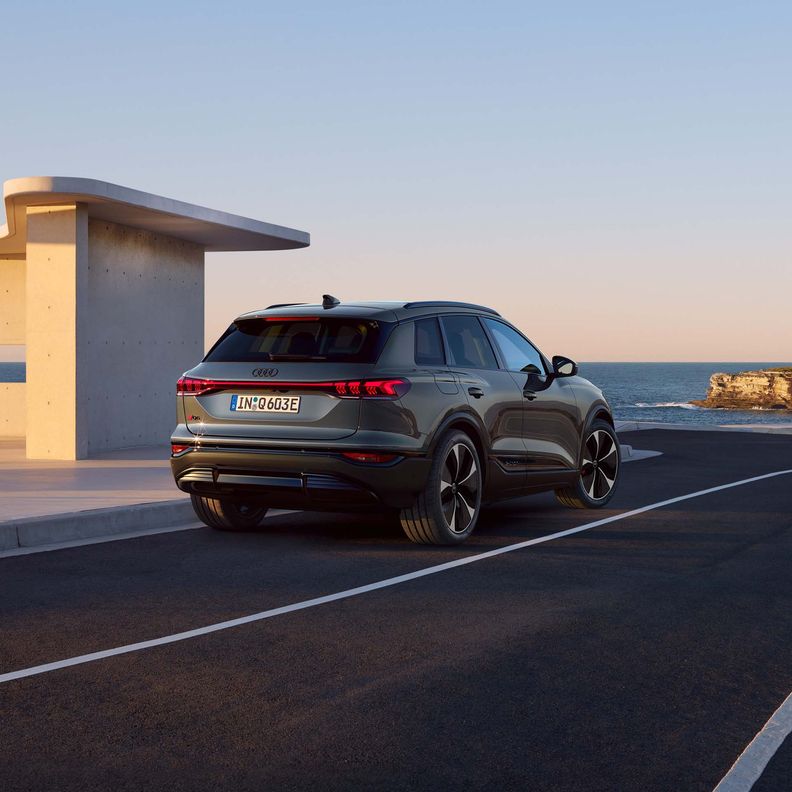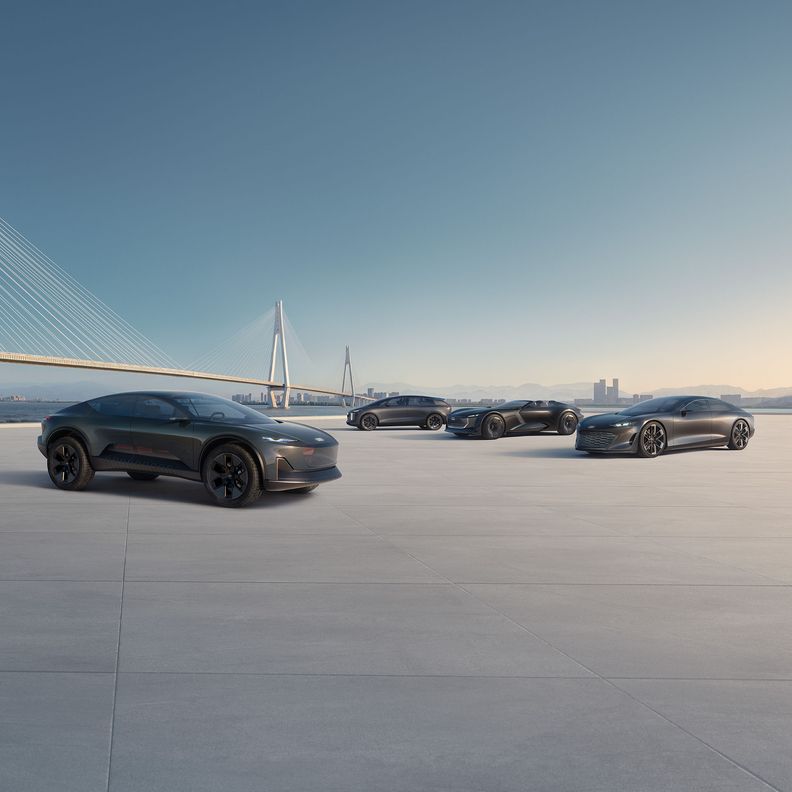Electrifying stories. The next chapter.
With the new Audi Q6 e-tron, Audi is systematically expanding its range of all-electric vehicles. Discover stories about the new Audi Q6 e-tron, the ideas and solutions in terms of digitisation, design, range and charging performance. Look forward to topics on other Audi e-tron models and insights into all aspects of the brand’s modern mobility offer.
Learn more
Audi Q6 e-tron: Power consumption (combined) in kWh/100 km: 19.6–16.5CO₂ emissions (combined) in g/km: 0CO₂ emission class: A
Audi Q6 e-tron: Power consumption (combined) in kWh/100 km: 19.6–16.5CO₂ emissions (combined) in g/km: 0CO₂ emission class: A





